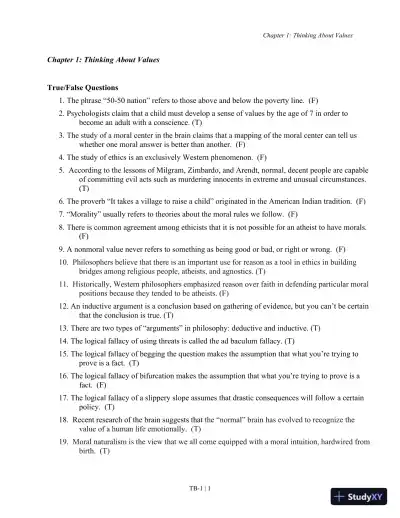Page 1

Loading page ...
Get ready for the exam with The Moral of the Story: An Introduction to Ethics 7th Edition Test Bank, a resourceful guide featuring solved test questions for practice.

Loading page ...
This document has 88 pages. Sign in to access the full document!